 Pictures are an effective way to share your message and promote your brand. With yoga continually growing as a mainstream practice, there are countless online images to choose from. Just searching “yoga” on a traditional stock site like istockphoto.com will yield over 6,000 images on the topic. Yet, with so many choices available, how do you know which will be the best yoga stock photos for you?
Pictures are an effective way to share your message and promote your brand. With yoga continually growing as a mainstream practice, there are countless online images to choose from. Just searching “yoga” on a traditional stock site like istockphoto.com will yield over 6,000 images on the topic. Yet, with so many choices available, how do you know which will be the best yoga stock photos for you?
For the past ten years, I have designed websites for myself and others. When I travel around the country, I use these online resources as a way to find studios at which to practice. Amazingly, I’m often surprised at the disconnect between a studio’s online presence and their actual space. Part of this is due to the design and content of the website. Often, it results from the images used to represent the business.
I’ve learned that the right choices in photography can make or break a marketing strategy. Now, I have a refined process in how I select stock photos as well as how I create my own images when working with a professional photographer. My goal is to speed up your learning curve with the suggestions below. The seven tips in this post are designed to save you time, money, and energy as you find the best yoga stock photos that align with your business goals.
Photo Credit: Konstantin Yuganov
WHY USE STOCK PHOTOS?
Pictures are essential to your marketing and storytelling ability, way to communicate your brand and business to the world. It’s also a way in which you connect with others. Stock photos can be a wonderful resource when you don’t have the time or capability to capture the images you need for your studio, online newsletter, brochures, or even website blog.
Other benefits of using stock photos include:
- They cost less than a photo shoot
- Images are available for immediate download
- There are lots of images available to portray your point
- You have access to a variety of talented photographers
- Model and property releases come with royalty free photos
With millions of stock photos available today, you want to be able to select one in a timely manner. And, you’ll want images that will fit your overall goals.
Thus, before you go searching in the online sea of photography, set your intention first. Ask yourself:
- Where will I use this image?
- Do I prefer a photo or illustration?
- What color tones will work best?
- Would a still photo or movement shots look better?
- What size do I need?
- Do I want a horizontal, vertical, or square image?
Then, once you have a clear purpose on how you will use new images, use the 7 tips below to select the best yoga stock photos that can meet your objectives.
(1) BE RESOURCEFUL
There are a few key players in the stock photo industry, such as Getty Images, iStockPhoto, or Shutterstock, that continue to provide high quality images. 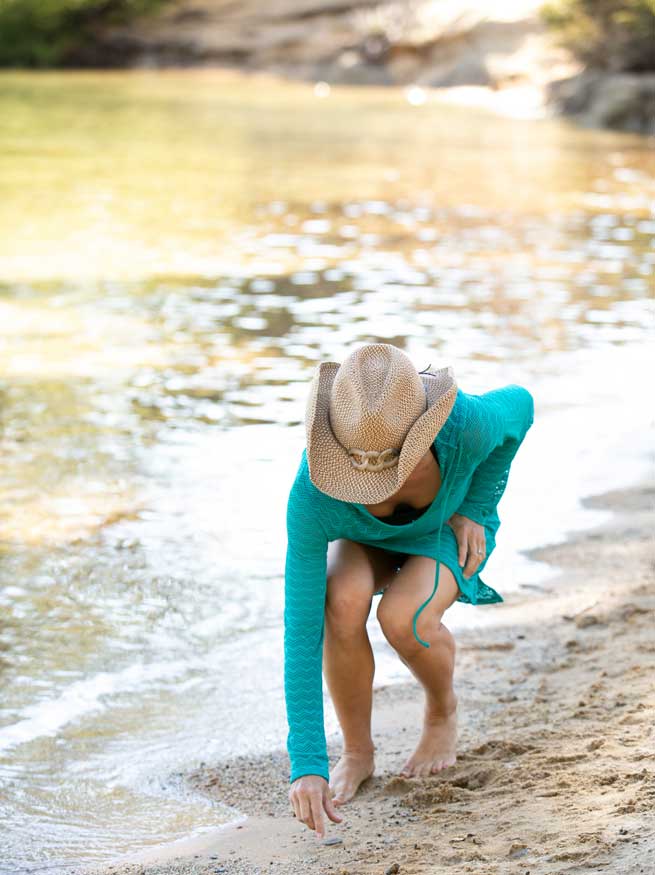 Pricing can range from $.44 to $33 an image, depending on how many images you’d like to purchase at one time.
Pricing can range from $.44 to $33 an image, depending on how many images you’d like to purchase at one time.
But, when you seek out some of the less known locations for the best yoga stock photos, you can work within a tighter budget. Said another way, you can often find free images. And, many of these sites allow you to sort by color, orientation, and topics. This also saves you time and energy.
Some great websites include:
Just make sure to read the fine print once you find photos you like, as not all “free” images are free of rights. This leads us to the second tip on finding fantastic images …
Photo Credit: Diane Nicole Photography
(2) STAY LEGAL
Patanjali outlined five yamas to reflect moral and ethical guidelines for practicing yogis. The third of these yamas is asteya–or non-stealing. This principle directly applies to the usage of stock photography. You want to use photos from a reputable source, and use them legally. Some licenses allow you complete freedom to use the image as you wish. Yet others only allow you to use them under certain conditions, such as using images on a personal blog that doesn’t make money off of the picture.
In any case, give credit to the source. By doing so, you build trust with your client base. And you reflect the value of honesty and truthfulness, which is at the heart of your business.
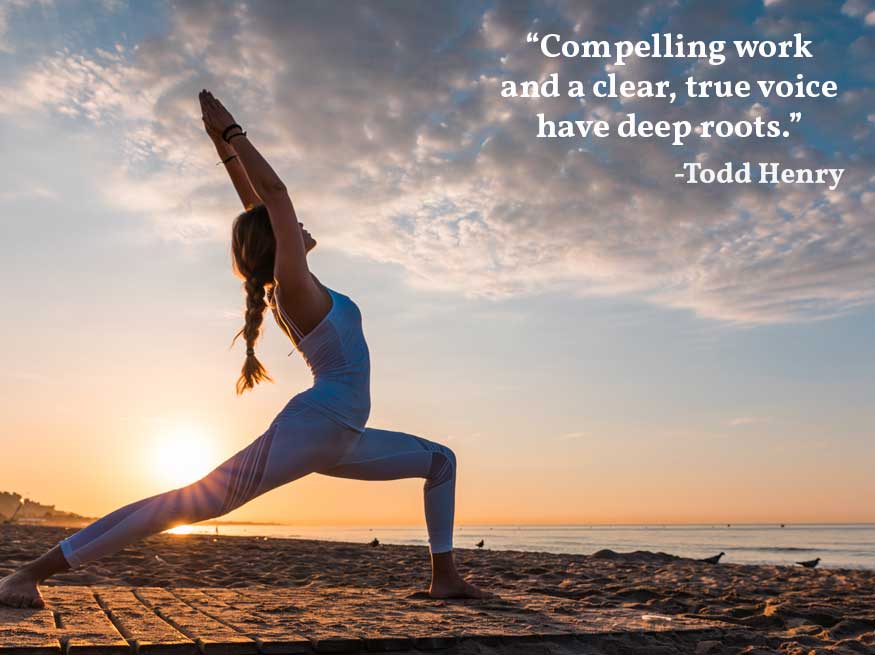
Photo Credit: Sergio
(3) BE CONGRUENT AND AUTHENTIC
In order to create a message that will strongly resonate with others, its essential to have a strong sense of self-identity and clear path for your business. What helps to bring these two together are rich themes in your work. Pictures can help bring these themes to life.
Said another way, when the stock photos you select match the message you want to share with your audience, the likelihood your message will be seen and heard greatly increases.
Perhaps one of the best ways to learn this lesson is to look at a business that is not executing this principle. A few months back, I was scheduled to visit a friend down in the bay area and she invited me to take some yoga classes at her local studio. Curious about the class offerings, I visited the studio’s website. It was full of stock photos, and the color scheme was in red and black.
When I arrived at the studio, I was completely flabbergasted to find that the studio colors were bright green throughout the entire space! This look was so entirely different than the presentation online that it caught me off guard. The online message presented by images and colors of the website was entirely incongruent with that of the actual yoga space.
To learn from this example, I suggest the following when selecting stock photos that have similar colors and color schemes that match your objectives. It also helps to pick images that you are proud to have aligned with your brand.
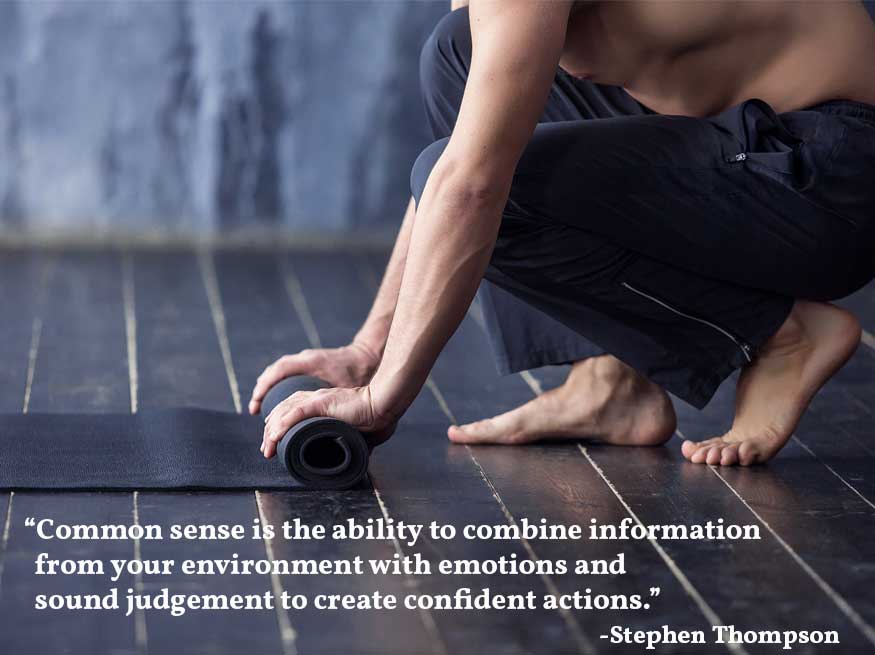
Photo Credit: 4Frame Group
(4) BE REALISTIC
On a similar line of congruence with your photo selection is the idea that you want to select stock photos that are realistic for your audience. 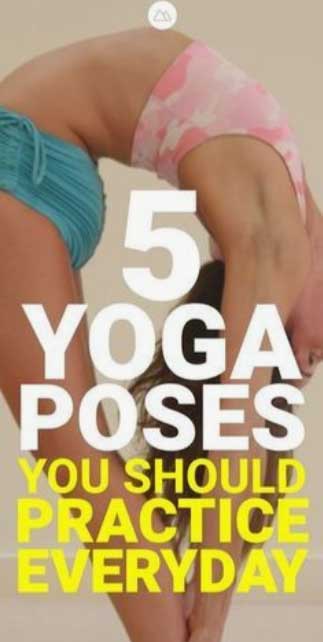 If you’re posting an article about yoga for beginners, why would you choose to have eka pada rajakapotasana–an advanced posture–as your featured image? Does this lead the reader to expect this asana as one that would be easy to obtain? Or, take the image to the right, for example. Is this deep of a backbend a posture most individuals could practice daily?
If you’re posting an article about yoga for beginners, why would you choose to have eka pada rajakapotasana–an advanced posture–as your featured image? Does this lead the reader to expect this asana as one that would be easy to obtain? Or, take the image to the right, for example. Is this deep of a backbend a posture most individuals could practice daily?
It’s true that there are very flexible people who are able to access one-legged king pigeon the first time they hit their mat However, those odds are very small for the average population. To make sure your photos are realistic for your own goals, and for those of your yoga clients, ask yourself the following questions:
- Who do you want to reach?
- What are the goals of my student?
- How would I want my clients to view this image?
- What does this image say about my expectations of my students?
- When you deliver a precise and realistic message to your specific audience, your effectiveness grows.
(5) MAKE IT MEMORABLE
Pictures assist you in telling your story, and selecting the best yoga stock photos can elicit the emotional response you wish to accompany your narrative. But not all images are created equal. Just think about how many images you see on a daily basis. How many are easily forgotten? Which ones become etched in your mind?
Those images that are memorable are likely tied to an emotional response, and the emotion you want to elicit with the use of stock photos is determined by the intention you set before even selecting your images. Do you want your clients to feel relaxed, inspired, strong, or decadent? Would you like them to experience connection, tranquility, or focus when in your studio?
Once you have clarity about how you want others to feel when viewing an image, you can select stock photos that evoke such emotions.
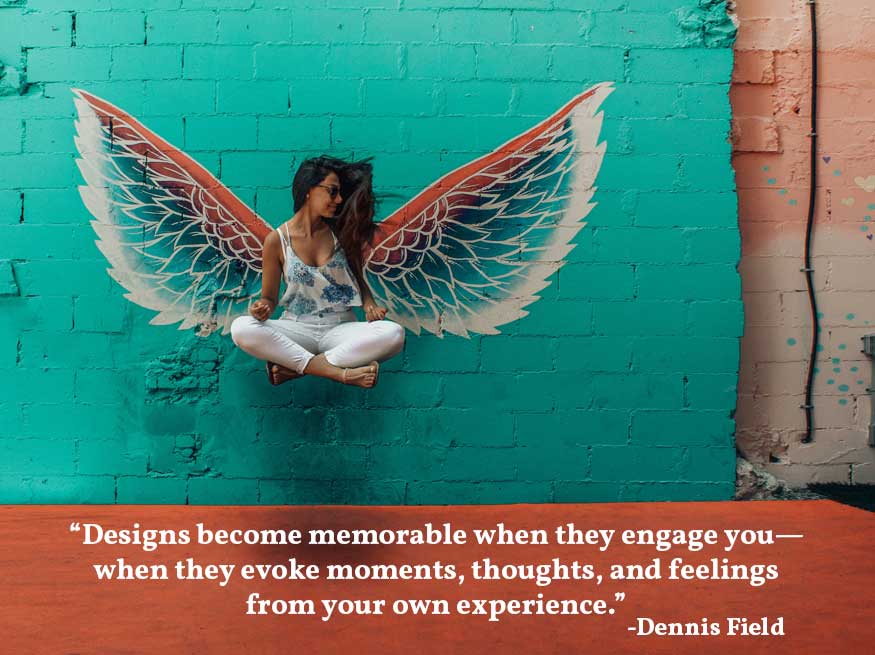
Photo Credit: Designecologist
(6) THINK ABOUT ALIGNMENT
One of the foundational agreements you make as a yoga professional is to create a safe learning space. This includes having the necessary props available for students, as well as using alignment principles when cueing them into, in, and out of the asanas. If you tediously ensure your students use alignment when in your classes, why would you expect anything less in the photos you use to represent your brand?
If you take a look at the images below. What do you notice out of alignment in each of them?
- In the first, the shoulders are forward past the wrists in up dog. You can cue students to draw their heart forward, and their shoulder blades back. You could also have them move their wrists slightly forward or their feet slightly back to find correct alignment.
- In the second image, the front knee is past the front ankle in warrior 2. If this student was in class, you would have them move their front foot forward, or lessen the bend in the front knee.
- The third image is of vrksasana, or tree pose. Normally, the lifted foot would remain on the floor, on the inside of the calf, or the inside of the thigh. Instead, this image shows the lifted foot directly on the inside of the knee, which pushes laterally on the joint. Moving the foot to any of the three prescribed positions mentioned would prevent injury.
Keep the alignment principles you would teach in class to keep your students safe, and then find photos that follow those same alignment principles.
(7) GO BIG OR GO HOME
Since you want your image to have maximum impact, purchasing the right size image is important. This often means the bigger then better. Choose a large, high-quality image so that the image won’t turn out blurry when enlarged and spoil your intentions. This is especially crucial if you are transforming digital pictures to wall art.
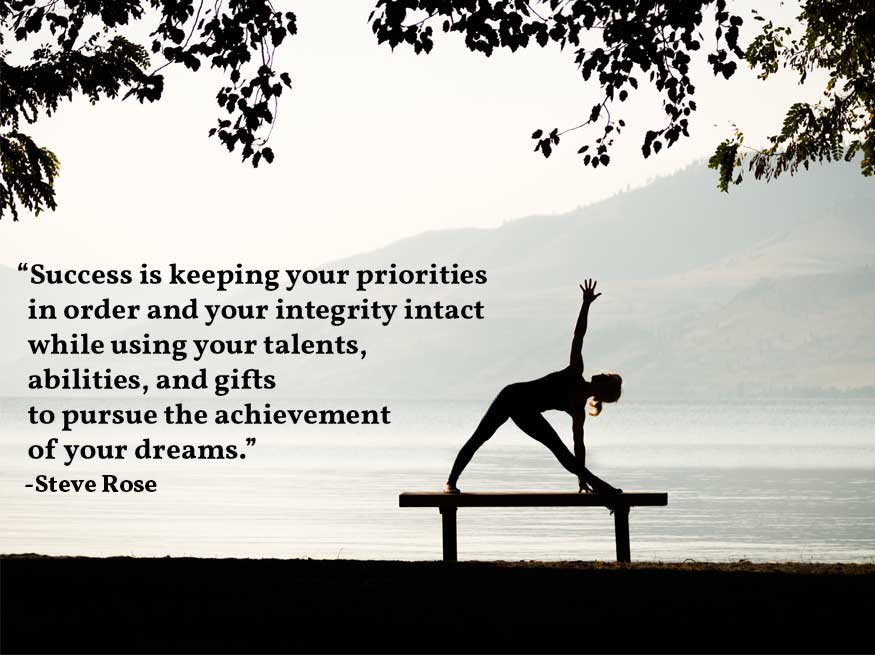
Photo Credit: Trac1
PUTTING IT TOGETHER
With the wide selection of stock photos on the market today, you want to be able to select images in a timely manner that will fit your overall goals. You’ll also want to do so without breaking the bank or going into information overload. When you keep your intention of why you’re using stock photos at the forefront of your mind, and use these tips to guide your decisions, you can find the best yoga stock photos to support your business goals.
One last reminder; if you can’t find any stock photos that match your goals, then hire a photographer and create the content yourself. Your own images are unique and personal, and you can select the perfect picture to match your message.


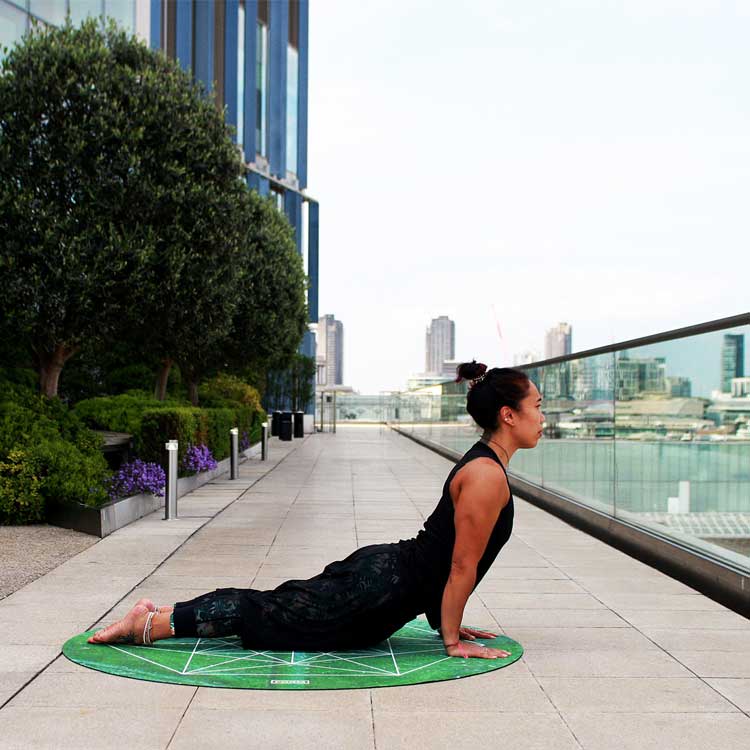
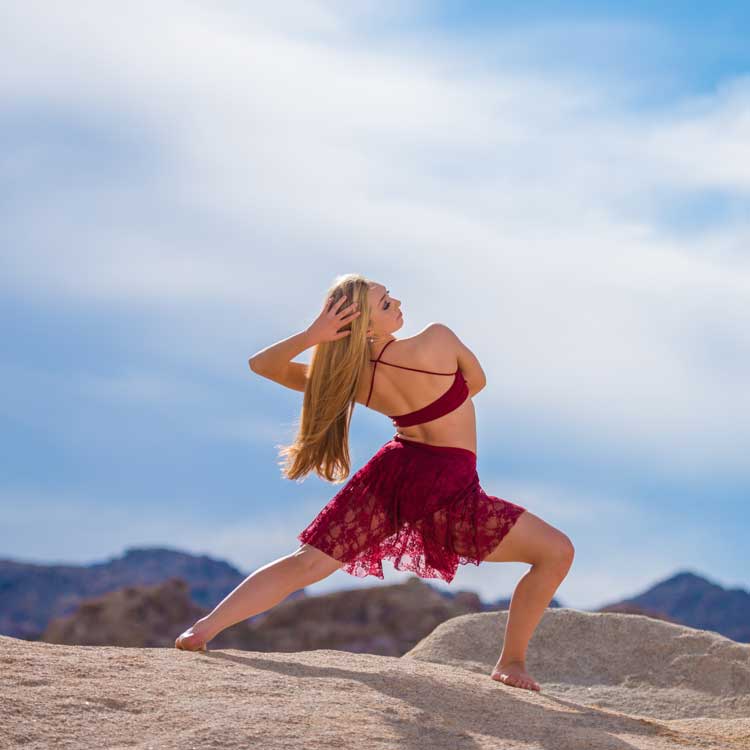
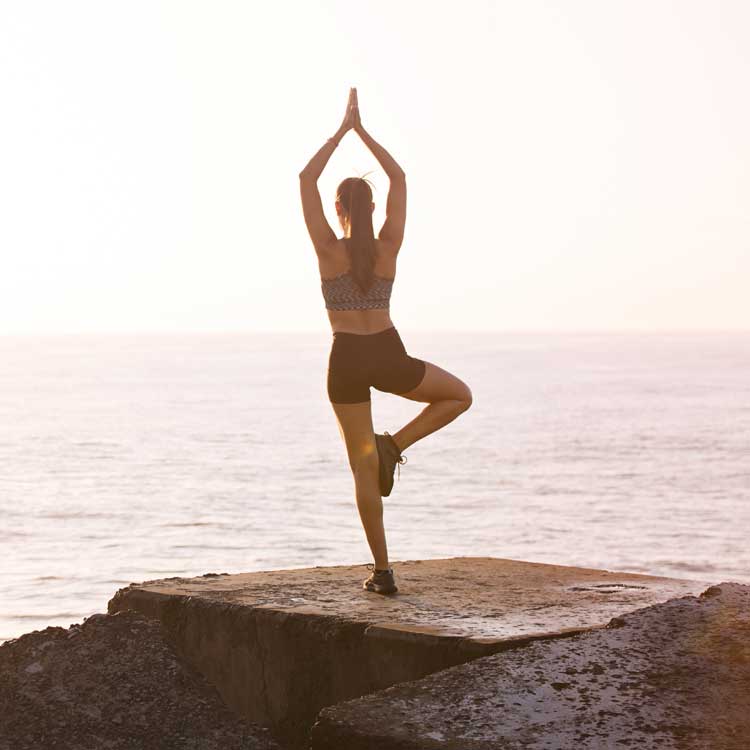
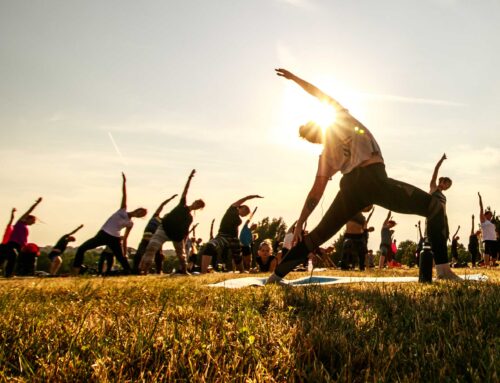

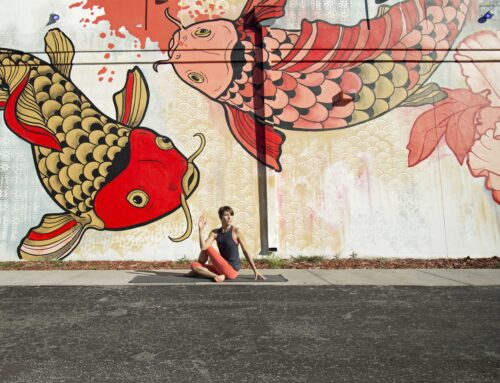
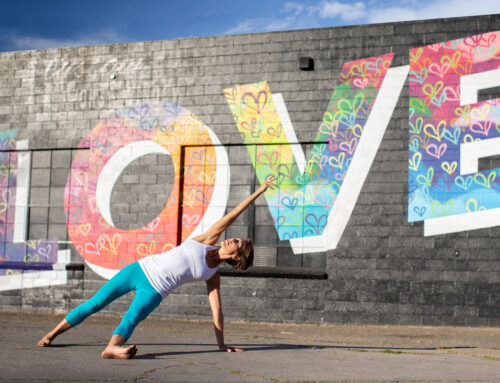
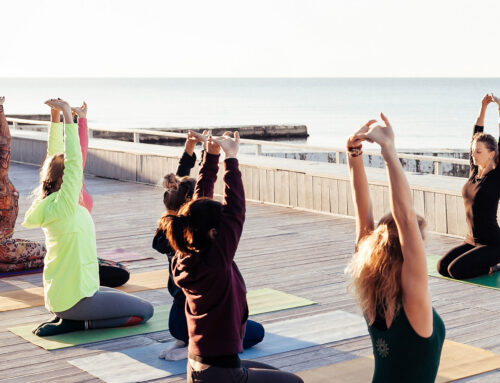
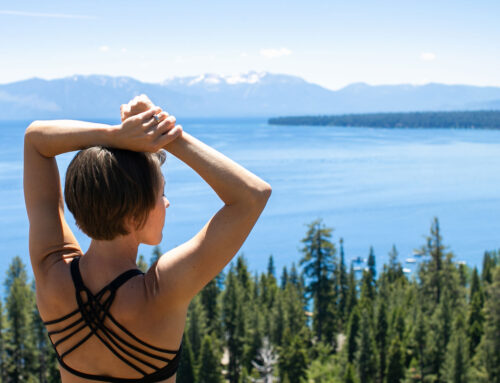
Leave A Comment